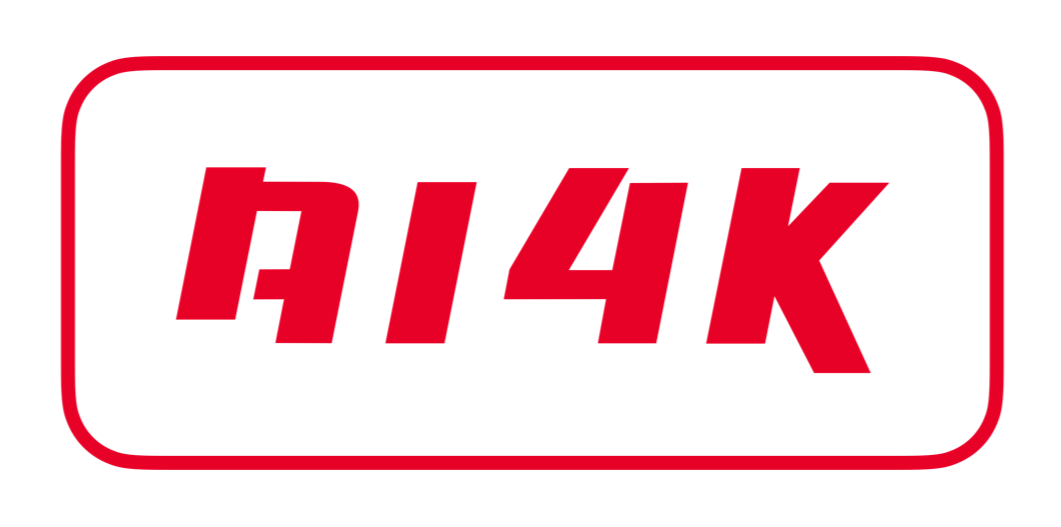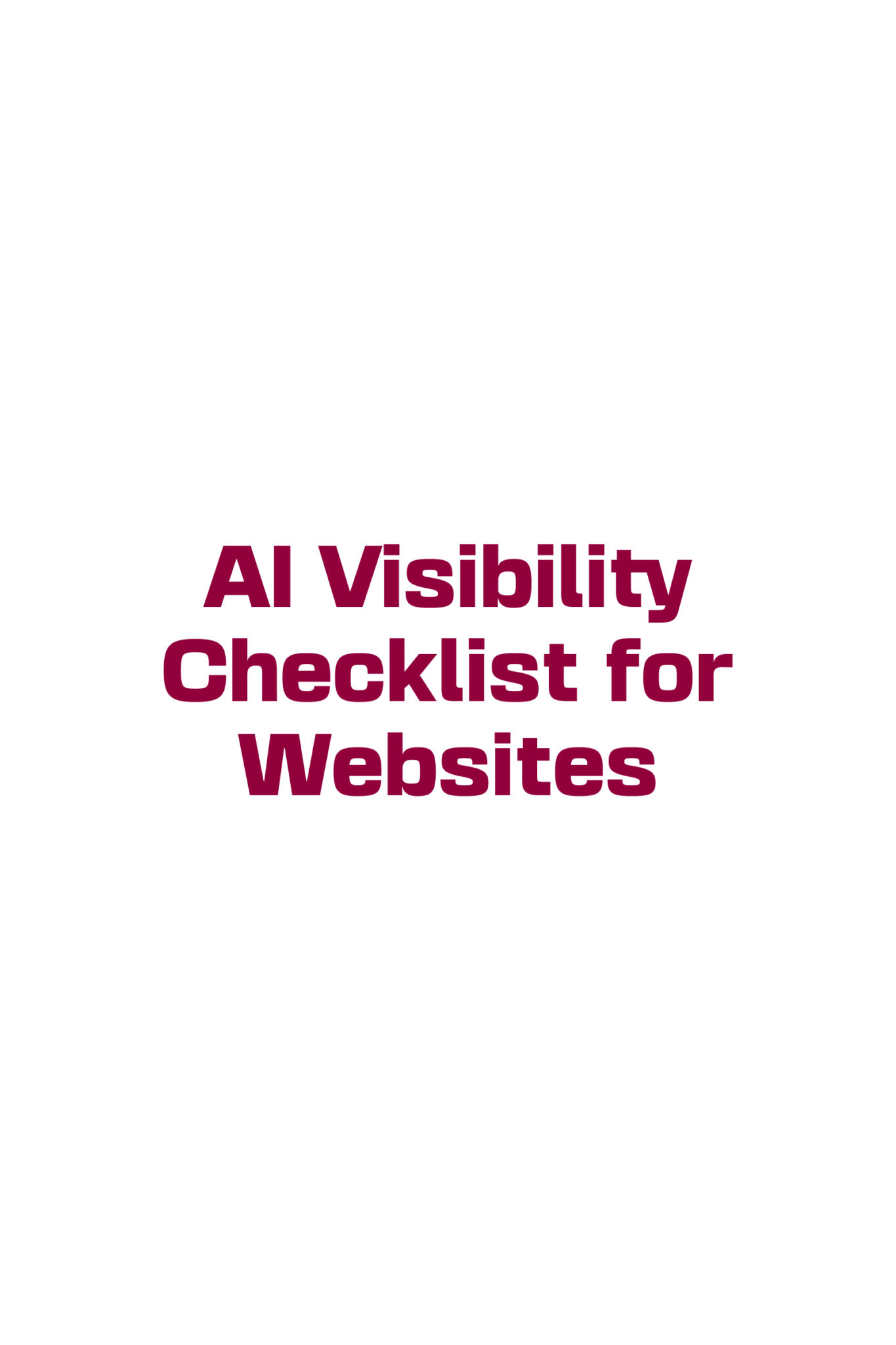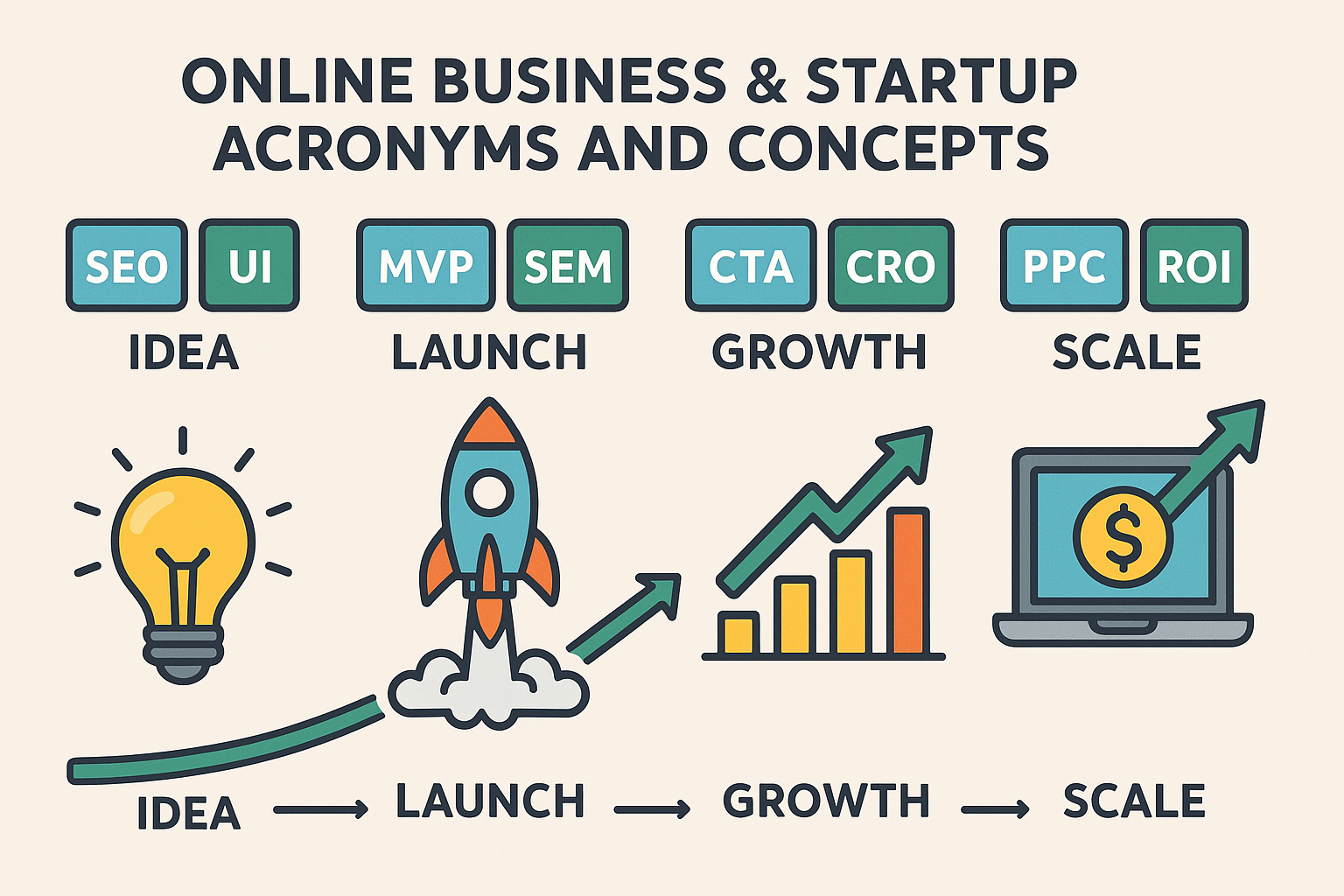Real-World Examples (How These Terms Show Up in Everyday Business)
Understanding these acronyms is one thing, applying them is what makes the difference. Here are a few simple examples showing how these terms work in real online businesses:
🔹 LTV vs. CAC
If you run a subscription-based service and your average customer stays for 12 months at $20 per month, your LTV (Lifetime Value) is $240. If you spend $60 in ads to acquire that customer, your CAC (Customer Acquisition Cost) is $60. Your LTV:CAC ratio is 4:1, meaning you’re earning $4 for every $1 spent—sustainable and scalable.
🔹 MVP (Minimum Viable Product)
You want to launch a course platform. Instead of building a full custom site, you start with a simple landing page using Elementor, connected to Stripe and Google Drive. This lets you validate demand quickly. That’s your MVP—minimal, functional, and focused.
🔹 Churn Rate
If you had 100 active subscribers in January and 10 cancel by February, your Churn Rate is 10%. If this number climbs, it may be a sign to improve product value, onboarding, or customer support.
🔹 GTM (Go-To-Market Strategy)
Launching a new ecommerce product? Your GTM strategy could include:
This combination helps you attract traffic, capture leads, and generate early sales.
🔹 AOV (Average Order Value)
If your WooCommerce store’s average order is €50, that’s your AOV. By offering “Buy 2, Get 10% Off,” some customers will spend more per transaction. This may increase your AOV to €65 or more, helping you grow revenue without needing more visitors.
Common Mistakes to Avoid
These terms are powerful, but many entrepreneurs misunderstand or misuse them. Here are a few common mistakes and how to correct them:
❌ Confusing Revenue with Profit
Revenue is how much money you bring in. Profit is what’s left after expenses.
Fix: Always track both, especially when evaluating CAC and LTV.
❌ Ignoring CAC
Spending on ads without tracking customer acquisition cost can quickly burn your budget.
Fix: Measure monthly ad spend divided by the number of new customers.
❌ Launching Without an MVP
Spending months building before launching often leads to wasted time and missed opportunities.
Fix: Start lean with an MVP, test interest early, and iterate fast.
❌ Scaling Without Product-Market Fit
Growing too fast without validation leads to high churn and poor ROI.
Fix: Focus on customer feedback, retention, and value delivery before scaling.
❌ Not Tracking Churn
If you’re not monitoring churn, customer dissatisfaction might go unnoticed.
Fix: Track monthly cancellations and gather feedback through exit surveys.
❌ Assuming High Traffic = Success
Fix: Focus on conversion rates, not just pageviews or followers.



